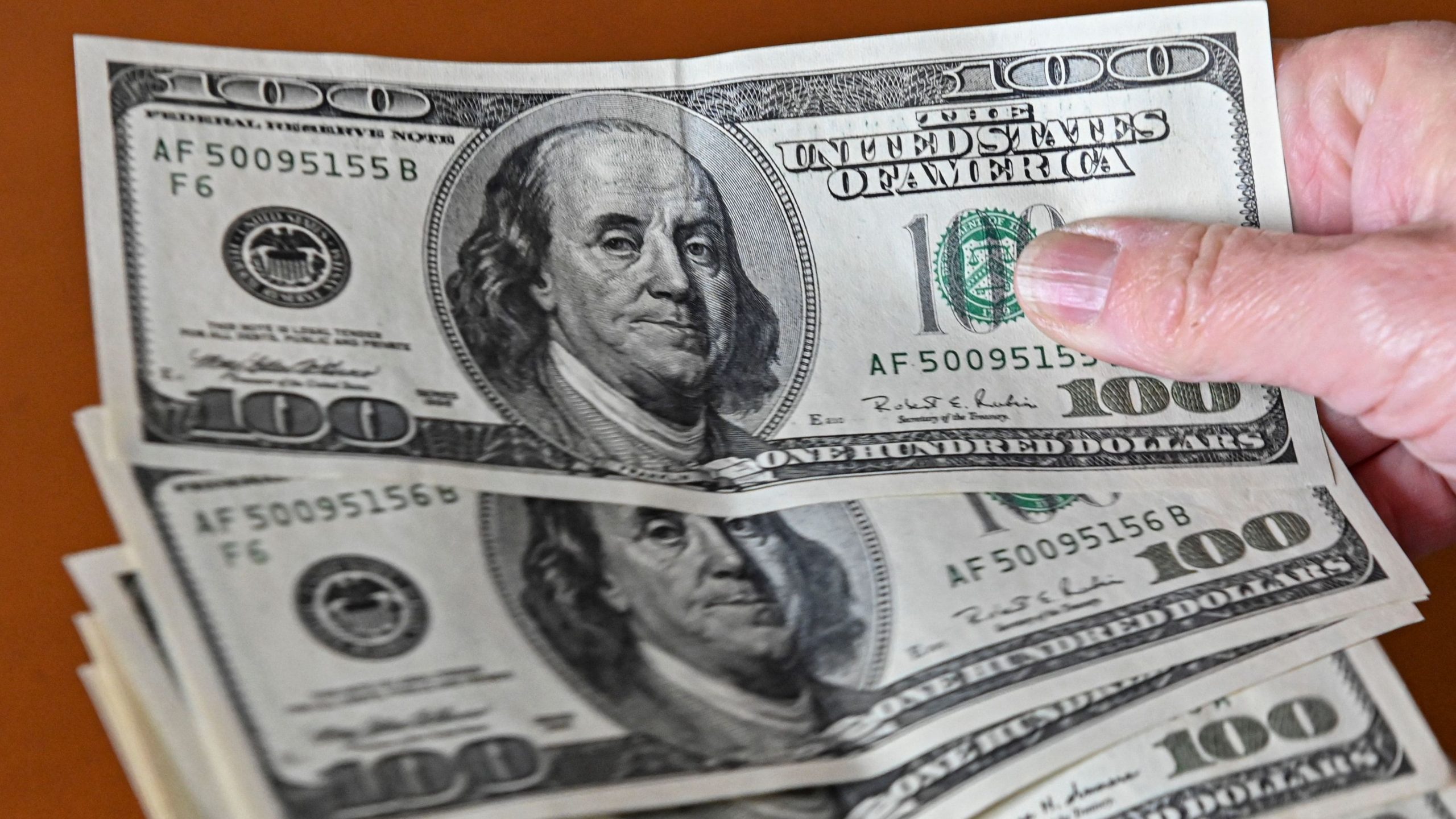Forex
The dollar went sharply negative; futures went sharply positive after U.S. inflation data

The U.S. dollar reversed into negative territory and Wall Street stock index futures went higher Wednesday after U.S. consumer price data for April came in line with analysts’ expectations.
The U.S. consumer price index for April was 0.4 percent month-over-month, meeting expectations and unchanged from March.
The dollar index to a basket of major currencies fell 0.28% to 101.33, while a few minutes before the release of statistics grew by about 0.17%.
The euro rose by 0.26% to $1.10. The Japanese yen paired with the U.S. dollar jumped 0.43% to 134.63 yen per $1. The spot price of gold rose 0.56% to $2,045.47 per troy ounce; reversing the dynamic completely – the precious metal was losing 0.44% before CPI.
The yield on 10-year U.S. Treasuries was 3.4521%, down from 3.5167% before the release. German 10-year government bond yields (DE10YT=RR) immediately fell to 2.288% from 2.329%.
Italy’s 10-year government bond yield fell to 4.203%. U.S. stock index futures reversed to higher after the data release: Dow futures rose 0.41%, S&P 500 futures rose 0.69%, and Nasdaq 100 futures jumped 0.85%, portending a strong opening for Wall Street on Wednesday.
Earlier, we reported that the dollar fell against the euro before the release of data on inflation in the U.S.

 Forex3 years ago
Forex3 years agoForex Today: the dollar is gaining strength amid gloomy sentiment at the start of the Fed’s week

 Forex3 years ago
Forex3 years agoUnbiased review of Pocket Option broker

 Forex3 years ago
Forex3 years agoDollar to pound sterling exchange rate today: Pound plummeted to its lowest since 1985

 Forex3 years ago
Forex3 years agoHow is the Australian dollar doing today?

 Cryptocurrency3 years ago
Cryptocurrency3 years agoWhat happened in the crypto market – current events today

 World3 years ago
World3 years agoWhy are modern video games an art form?

 Commodities3 years ago
Commodities3 years agoCopper continues to fall in price on expectations of lower demand in China

 Economy3 years ago
Economy3 years agoCrude oil tankers double in price due to EU anti-Russian sanctions





















